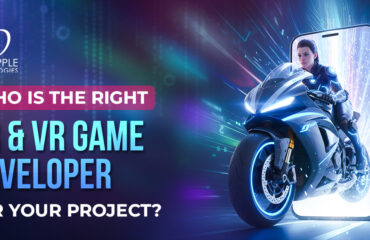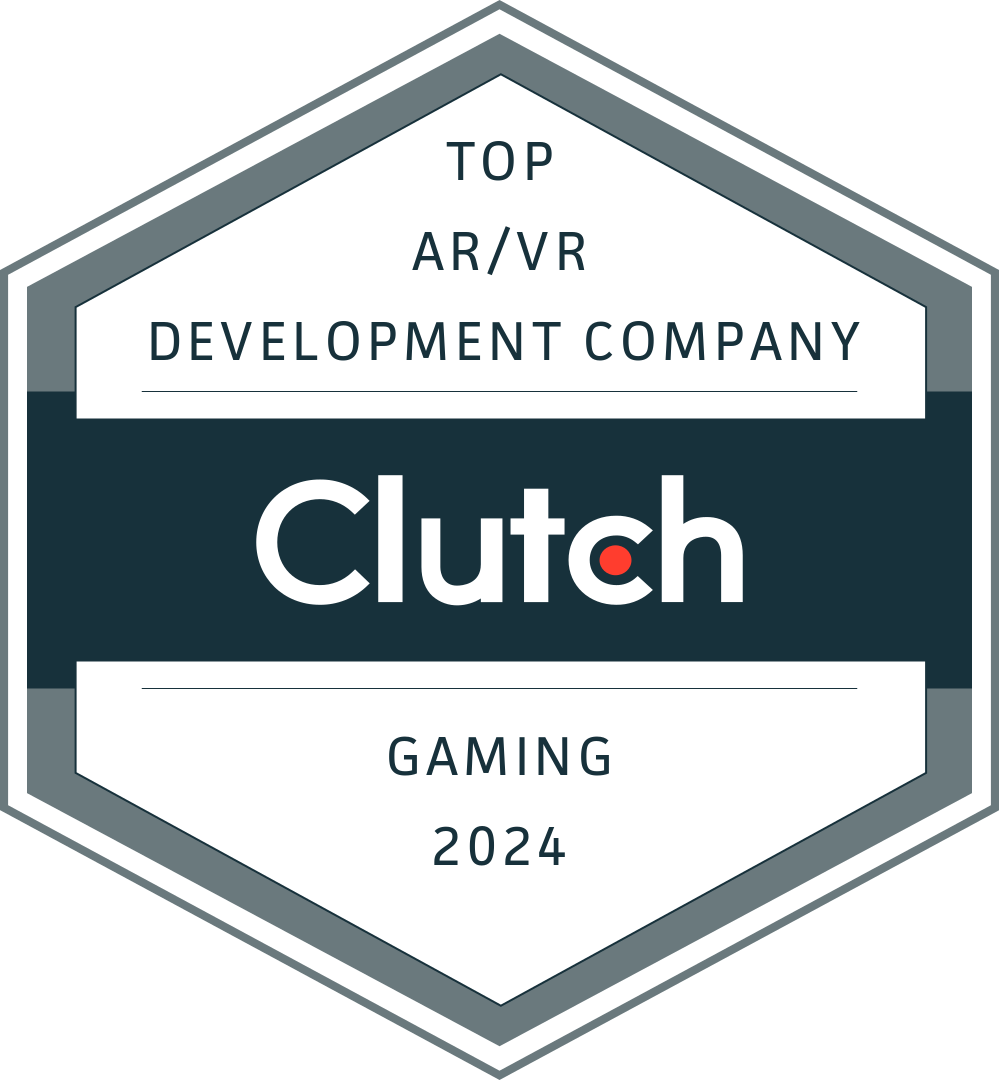
The Evolution of Unity: From Indie Favorite to Industry Titan
Unity and VR Development
Key Features Driving Unity’s 2025 – 26 Success
1. Unity AI (formerly Muse & Sentis)
2. DOTS (Data-Oriented Technology Stack)
3. URP and HDRP
- URP (Universal Render Pipeline) is tailored for performance across mobile, web, and standalone devices.
- HDRP (High Definition Render Pipeline) delivers cinematic fidelity for high-end PCs and consoles. Developers must choose upfront, as switching pipelines mid-project is not seamless, but this choice allows for optimized visual performance across all platforms.
4. Build Profiles & Multiplatform Excellence
Use Cases Beyond Gaming
- Automotive: Used for AR-based maintenance, driving simulations, and design validation environments.
- Architecture, Engineering & Construction (AEC): Enables real-time walkthroughs, safety training modules, and digital twins to streamline planning.
- Healthcare: Supports surgical simulations, VR therapy, and cognitive rehabilitation tools.
- Film & Animation: With its advanced real-time rendering, Unity powers virtual production workflows used in modern filmmaking. ILM’s StageCraft was built on Unreal Engine. Virtual-production films like The Jungle Book and The Lion King used Unity.
GDC 2025 Announcements: A Glimpse Into Unity’s Future
- Enhanced DevOps Tools: Unity DevOps (formerly part of Unity Cloud) now includes version control and automated build pipelines. Unity DevOps provides CI/CD in the cloud (build automation) and analytics dashboards for live game operations.
- Spatial Creator Toolkit: An all-in-one third-party platform (developed by Spatial Systems) powered by Unity to build persistent, networked spatial experiences with minimal coding. Spatial.io’s Spatial Creator Toolkit lets developers build and publish multiplayer VR/AR experiences with Unity/C#.
Why Unity Reigns Supreme in 2025
Conclusion
To Have A Better Understanding On This Let us Answer The Following Questions
How is Unity used in VR game development?
Answer: Unity is widely used in VR development for its low-latency rendering, OpenXR support, spatial interaction toolkits, and compatibility with headsets like Meta Quest, PS VR2, and Apple Vision Pro. We use Unity to build immersive VR games, enterprise training apps, and simulations.
Is Unity better than Unreal Engine?
Answer: Unity offers fast prototyping, real-time rendering, broad device compatibility, and an extensive asset store. With Unity, businesses can quickly build and deploy immersive VR solutions for gaming, training, education, and more.
Why should businesses choose Unity for their next VR project?
Answer: Unity offers fast prototyping, real-time rendering, broad device compatibility, and an extensive asset store. With Unity, businesses can quickly build and deploy immersive VR solutions for gaming, training, education, and more.





























 Book an Appointment
Book an Appointment Get Instant Project Estimation
Get Instant Project Estimation WhatsApp Now
WhatsApp Now






 Book An Appointment
Book An Appointment WhatsApp
WhatsApp







